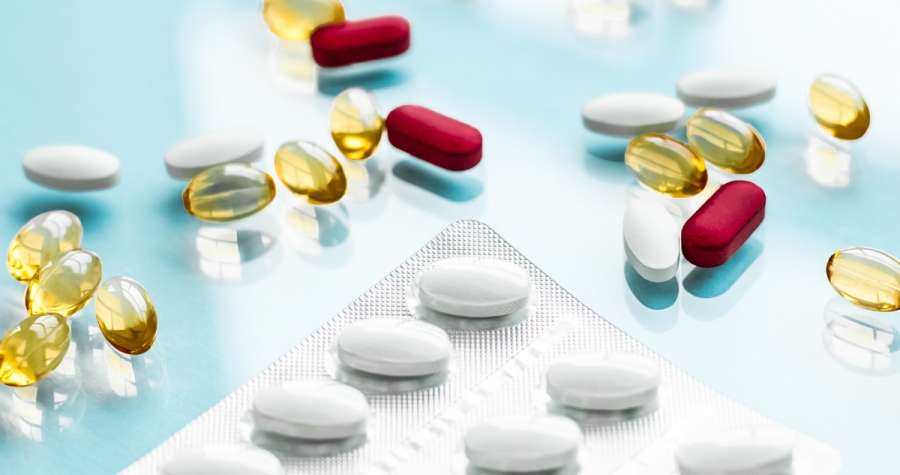Detailed guidance on the new International Recognition Procedure has been published by MHRA at International Recognition Procedure - GOV.UK (www.gov.uk) (the guidance), and this note summarises some key aspects of the procedure.
Like the ECDRP and MRDCRP routes, which it replaces, the new International Recognition Procedure allows the MHRA to approve medicinal products by recognising approvals from specified ‘Reference Regulators’. The seven initial Reference Regulators are those of Australia, Canada, the European Commission, Japan, Switzerland, Singapore and the USA.
The International Recognition Procedure provides a fast-track approval process for medicinal products that have been approved by one of the specified Reference Regulators. In order to qualify, the medicinal product for which UK approval is sought:
- must be classified as a medicinal product under the UK Human Medicines Regulations;
- must be the same as that which obtained the Reference Regulator approval, meaning it must have the same qualitative and quantitative composition (active substance(s) and excipients) and the same pharmaceutical form and be from applicants belonging to the same company or group of companies or which are ‘licensees’;
- the applicant must be established in the UK or the EU/EEA.
The MHRA retains the right to reject applications if the evidence provided is considered insufficiently robust, but where the relevant conditions are met, and the MHRA considers the evidence sufficiently robust, it will conduct a targeted assessment of the application in accordance with one of two ‘Recognition’ processes.
Which process applies depends on the characteristics of the medicinal product in question (as established using an eligibility form completed by the applicant six weeks before the planned submission). Further information on this and other formal requirements regarding application are available in the guidance.
The key difference between the two Recognition processes for initial marketing authority applications is that ‘Recognition A’ works to a 60-day timetable (measured from the point at which the MHRA has validated the submission), whereas ‘Recognition B’ works to a 110-day timetable.
While both, therefore, offer a faster process than the 150-day assessment route for medicinal products that have not had approval by a Reference Regulator, the faster ‘Recognition A’ process is only available for applications where:
- The reference Regulator approval was granted within the previous two years;
- The manufacturing process is the same as that approved by the Reference Regulator, with evidence of compliance with Good Manufacturing Practice at the time of the UK submission and
- The medicinal product/ application does not have any of the long lists of characteristics identified as requiring the ‘Recognition B’ process – these include (by way of a few noteworthy examples from the full list set out in the Guidance) applications where the Reference Regulator granted a ‘conditional’ or ‘exceptional circumstances’ approval, where the product contains a first-in-class new active substance or incorporates novel or cutting-edge technologies, or where the pivotal clinical data include real-world data.
Accordingly, life science businesses should be aware of the hurdles that must be cleared to access the 60-day timetable for Recognition A.
The Association of British Pharmaceutical Industries (ABPI), in commenting on the introduction of the International Recognition Procedure through its website MHRA’s new International Recognition Procedure (IRP): how does it shape up? (abpi.org.uk), has acknowledged the flexibility provided by the scheme while noting that businesses seeking to bring innovative medicinal products to market are unlikely to be able to benefit from the faster Recognition A process.
It has also queried whether the new procedure will achieve MHRA’s objective of faster product approvals and faster access for UK patients, noting that it depends on the MHRA waiting for the product to be approved elsewhere.
Accordingly, it has called for a ‘clearer narrative on the MHRA’s regulatory flexibilities and the impact of the IRP, not only as a route to market and patient access but also on other activities such as engaging with the ILAP and the Early Access to Medicines Scheme (EAMS), siting clinical trials in the UK and seeking scientific advice’.
We will continue to monitor how the procedure and MHRA’s approach to its application develops as the scheme matures.





